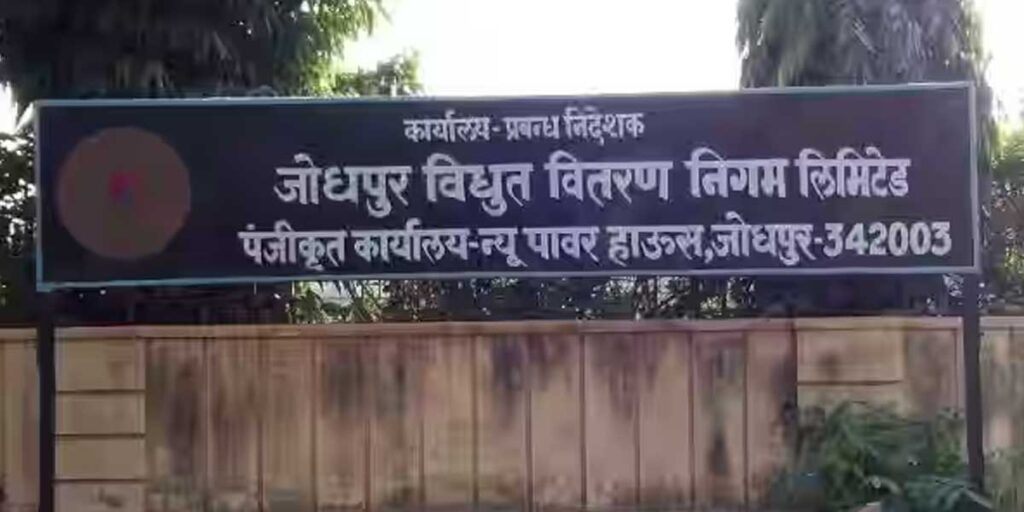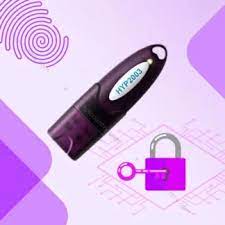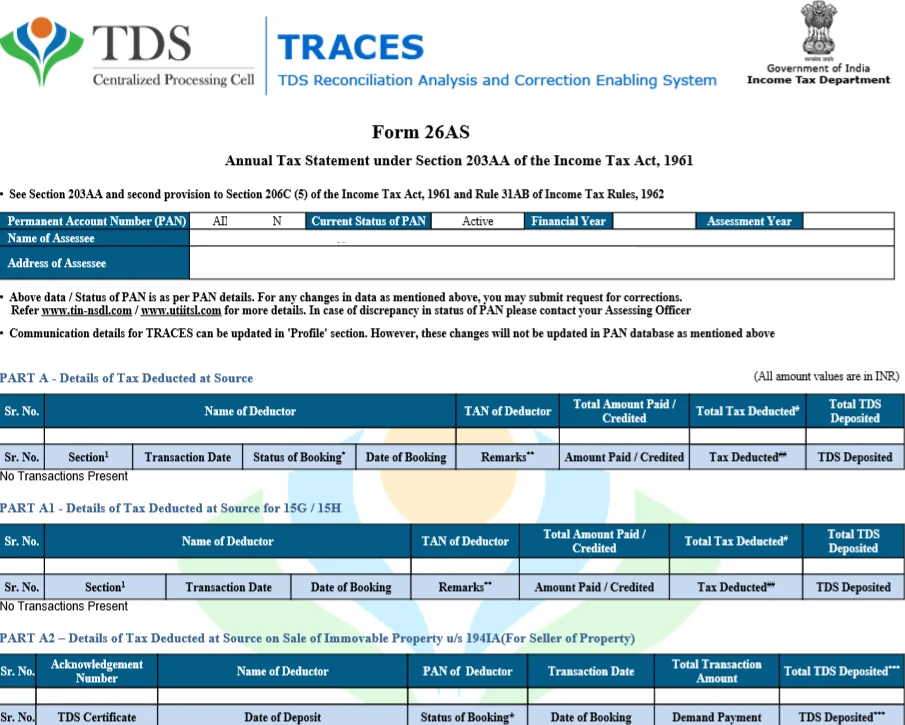jodhpur vidyut vitran nigam limited
Jodhpur Vidyut Vitran Nigam Limited (JDVVNL), there are several ways to pay your power bills online. We will look at all the ways you can pay your bills online. JDVVNL Electricity Complaint Number – Jodhpur Jodhpur vidyut vitran nigam limited complaint numbers as follows: Toll Free Number (24/7) : 1912 and 1800-180-6045 WhatsApp Number: +919413359064 How to Pay JDVVNL […]



